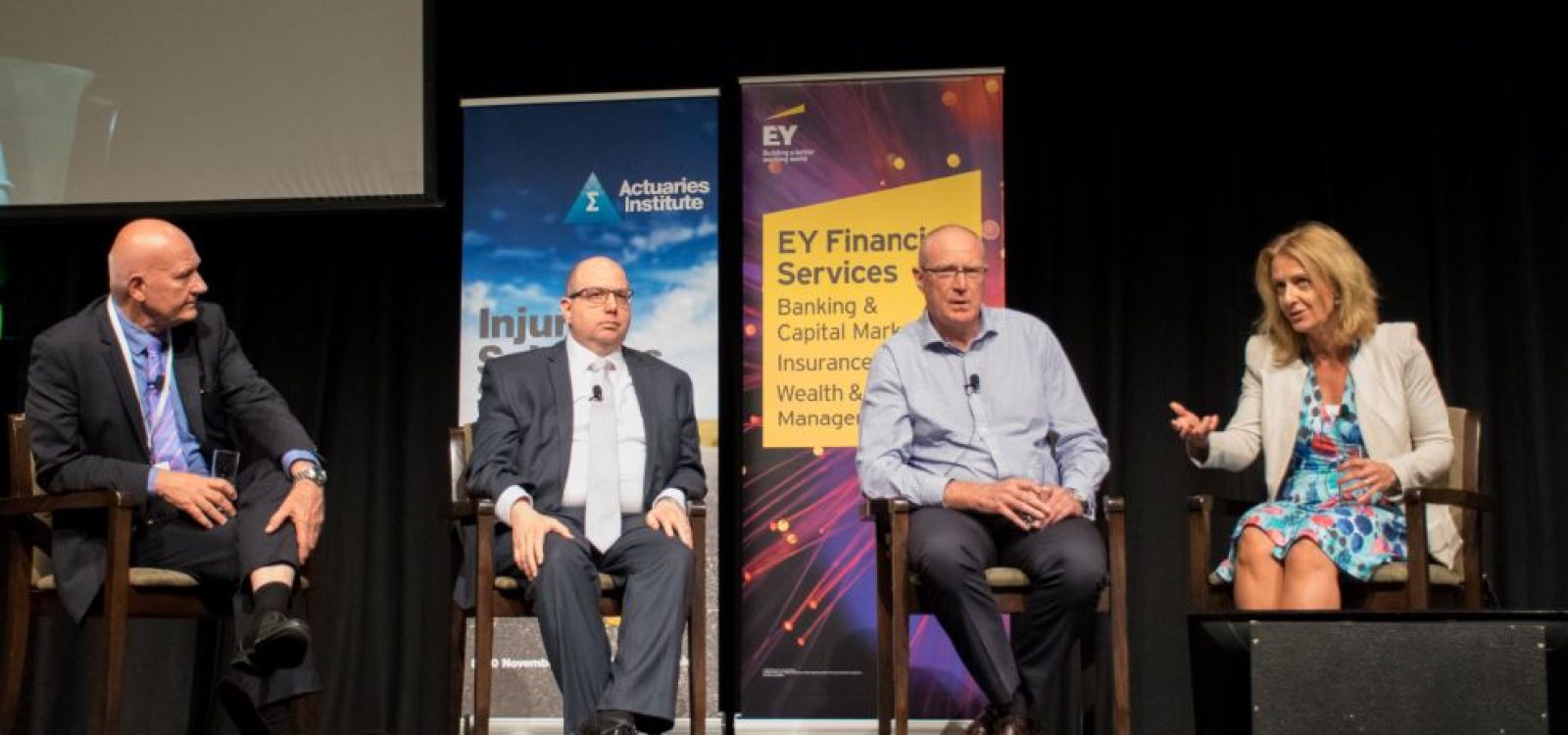
Interviews
Improving the health of ageing workforces – Q&A with Caroline Howe
Dr Caroline Howe, a leading consultant and researcher on Ageing Well, gives her view on return to work and compensation challenges.
- What is your background and how did you arrive at your current role?
I came into this industry as a Rehabilitation Counsellor and eventually completed a PhD on the psychological health of ageing workforces. I’ve had a long history in workers compensation dating right back to 1995 when I was bright eyed and thought I could change the world. Now much older I realise that we can’t change the world unless we work together.
- In your view, what is the most common mistake in the return to work process made by insurers/ agents/employers?
The most common mistake made at the moment is the reactive nature of the workers compensation schemes. My research over the past few years has shown me time and again that we have no connection between health /wellbeing and workers compensation. Our legislation and schemes are designed to be reactive which makes them outdated and antiquated. The schemes are designed to concentrate on what happened, which then focuses all the resources to what had been.
- What are three key things that need to be in place to ensure that a workplace is ready for returning an individual to work after an injury or illness to assist with sustaining that return to work?
- Make the workplace a place they actually want to return to – there is no point concentrating on recovery at work if the worker does not feel valued and cared for
- Help managers with effective communication to either prevent or manage people at risk
- With a rapidly changing workforce created by the consequences of ageing, change and the rise in poor mental health, employers need to think about redesigning workplaces, roles and making accessible work environments for workers of all ability.
- What do you see as the top three things holding the Australian Industry back from being fully innovative in the injury recovery space?
- The legislation is designed around reaction which blocks innovation.
- Our workplace systems are not integrated with health and wellness which makes injury recovery difficult
- Money drives the scheme, as much as we like to say it doesn’t, it does. However to start saving and making money in our schemes we need to focus on prevention and employee engagement to be able to create workplaces where people want to go and recover after an injury or even reduce the rate of injury.
- From your research how do you see the future for Injury Schemes and Injury Management developing in Australia over the next 5-10 years?
If there is no change over the next 5-10 years then costs will continue to rise as we have seen them rise over the past 30 years driven by disengaged, unhealthy workers across all ages.
For true change to be possible we need to remember that a younger unhealthy worker is more at risk to the employer than an older healthy worker as far as preventable risk goes. We need to help employers concentrate just as much on preventable risk, building accessible workplaces for older people and having KPI’s in place that puts value on people.Caroline recently presented at the 2015 Injury Schemes Seminar in Adelaide. To view more presentations and videos from this event, visit the microsite.
This work is licensed under a Creative Commons Attribution-NonCommercial-No Derivatives CC BY-NC-ND Version 4.0.
CPD: Actuaries Institute Members can claim two CPD points for every hour of reading articles on Actuaries Digital.
Previous






